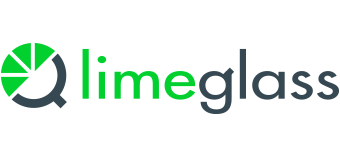Do you have a defined Ontology? How big is your Taxonomy?
If you work in Financial Research, it might surprise you to learn that these questions are becoming increasingly commonplace in your organisation. Step into the office of the CTO or Innovation Manager and you may overhear them debating best practices for ‘tagging’ your research. And to tag documents effectively, you need a well-considered (and constantly evolving) Ontology.
But haven’t Research departments already been tagging documents for years?
Yes and No.
Anyone in financial markets will be familiar with GICS. Research Analysts are no exception. They have been tagging their documents according to variants of GICS sectors and regions for a long time.
But no one has been successfully tagging themes. Not only are themes harder to define than sectors, they are also constantly changing. The growth in Thematic ETFs shows that investors are no longer content with exposure to “Oil, Gas & Consumable Fuels”, perhaps wanting “Clean Energy” or “Energy Transition” instead.
This growth has been fierce. According to Bloomberg, Thematic ETF assets could be larger than GICS sector ETF assets by 2026. And the anecdotal trend is similar in terms of how Active Managers want to be serviced by the Sell-Side.
Consider the Investor who runs an Environmental Impact fund looking for research on Electric Vehicles (EVs). The investor does not have time to trawl through twenty brokers’ Automobile Sector reports to find a few nuggets of information on EVs. How much more will they appreciate their sell-side coverage if they can identify or be sent those nuggets directly?
And to achieve that, you need a detailed thematic ontology which goes beyond sectors, and a taxonomy that goes several levels deeper than the simple “ESG” tag. Only then will the Investor get the correct result. They will receive the EV nuggets from any relevant reports while remaining un-spammed on two fronts:
Firstly, by avoiding the “S” and the “G” of ESG, and filtering the “E” down to Electric Vehicle references only.
Secondly, by relying on clever disambiguation techniques to remove mentions of Enterprise Value (think how many times you might come across “EV/EBITDA” in stock reports)!
Unsurprisingly, the true domain experts (Sell-Side analysts) are often too busy doing their day-jobs to contribute to large, constantly updated ontologies built by their own bank.
This is where Limeglass comes in. Limeglass uses its proprietary Rich NLP and Content Atomisation engine on top of its own massive Ontology to deliver those results. At the time of writing, the taxonomy has over 150,000 tags and continues to grow by 1,500 per month.
So, is your Ontology defined? Is your taxonomy big enough to cater to modern thematic demands?
We will answer that question with another:
Are you a Limeglass client?
Oliver Hunt
Head of Client Solutions
Oliver joins Limeglass from UBS where he was Co-Head of Innovation & Strategy within Global Research and held various roles in research over 7 years with particular expertise in equities. Before that, Oliver began his career on the Buy-Side as an Investment Analyst.




